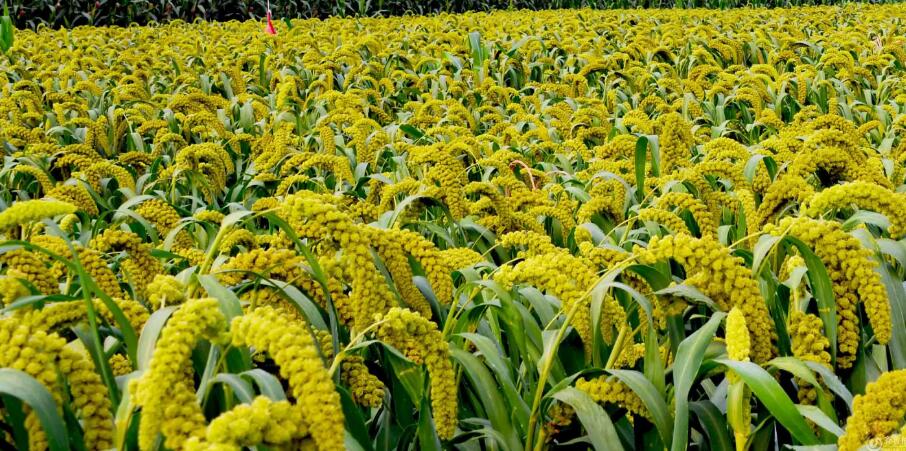LIANG Xiaohong, CAO Xiong, ZHANG Ruidong, LIU Jing, WANG Aiai
The purpose of this study was to reveal the intercropping advantage of sorghum-soybean intercropping system. Field experiments were conducted in 2018 and 2019 in Fenyang of Shanxi Province. This study included nine treatments, sole-higher sorghum Jinza 22 (G1), sole-lower sorghum Jinza 34 (G2), sole-soy bean(D), 2 rows sorghum and 2 rows soybean(2G1:2D, 2G2:2D), 2 rows sorghum and 3 rows soybean(2G1:3D, 2G2:3D), 2 rows sorghum and 4 rows soybean (2G1:4D, 2G2:4D). Sorghum and soybean yield, land equivalent ratio, water and nutrient use efficiency of different sorghum-soybean intercropping treatments were investigated. The results showed that the 1 000-grain weight and spike weight of sorghum in intercropping system were no significant difference than that of sole sorghum. However, the pods number of soybean had significant difference between different treatments. Compared with sole-soybean(D), the pods number of soybean in 2G1:2D, 2G2:2D, 2G1:4D, 2G2:4D decreased by 37.89%, 32.16%, 22.46%, 21.51%, respectively. The land equivalent ratio (LER) and water equivalent ratio (WER) in the all intercropping system were more than 1, indicating that there were some advantages in land and water use. The nutrient advantage of intercropping system was due largely to a higher total nitrogen accumulation than that of the sole system. Compared with 2G2:2D, the average LER, WER, total nitrogen accumulation of 2G1:2D increased by 8.91%, 8.30%, 4.56%, respectively.The average LER, WER, total nitrogen accumulation of 2G1:4D increased by 10.17%, 9.14%, 4.35%, respectively, than that of 2G2:4D. In the sorghum Jinza 22 and soybean intercropping system, the LER, WER, total nitrogen, phosphorus and potassium accumulation of 2G1:4D were the highest among the intercropping treatments. In conclusion, the LER, water and nitrogen use efficiency by sorghum-soybean intercropping could be improved, and the intercropping advantages of higher sorghum Jinza 22 and soybean were more obvious than that of lower sorghum Jinza 34 and soybean, and the 2G1:4D intercropping system was the suitable combination under the experimental condition.
